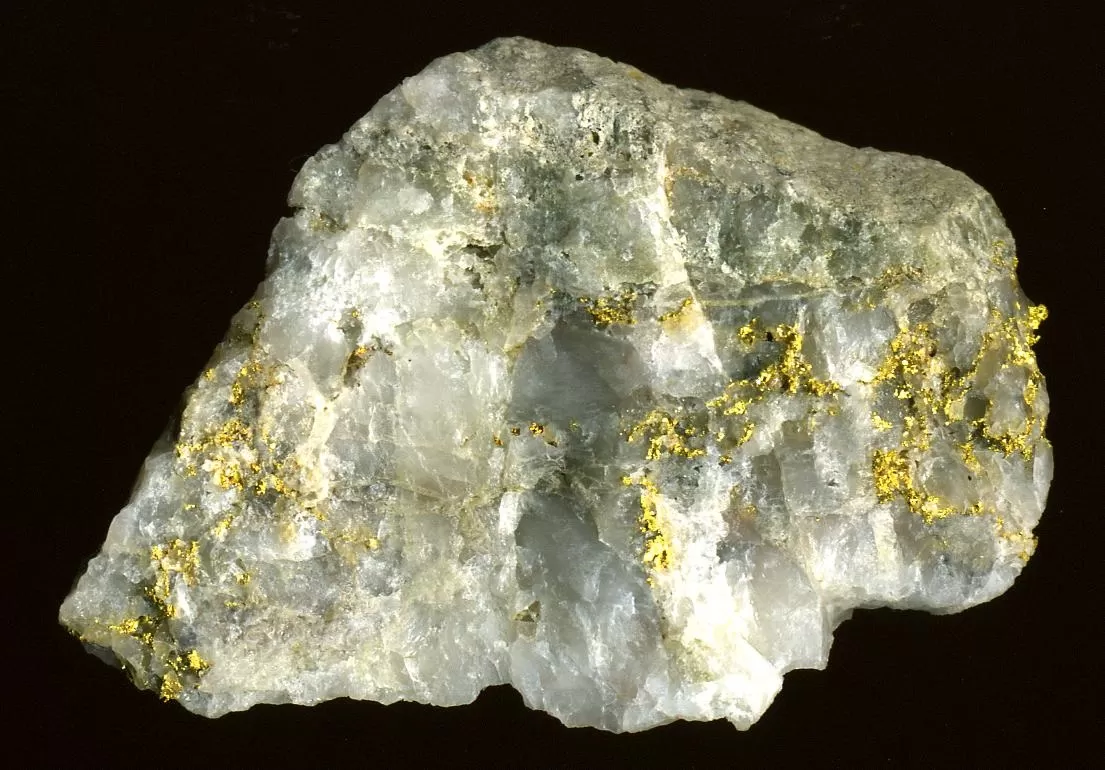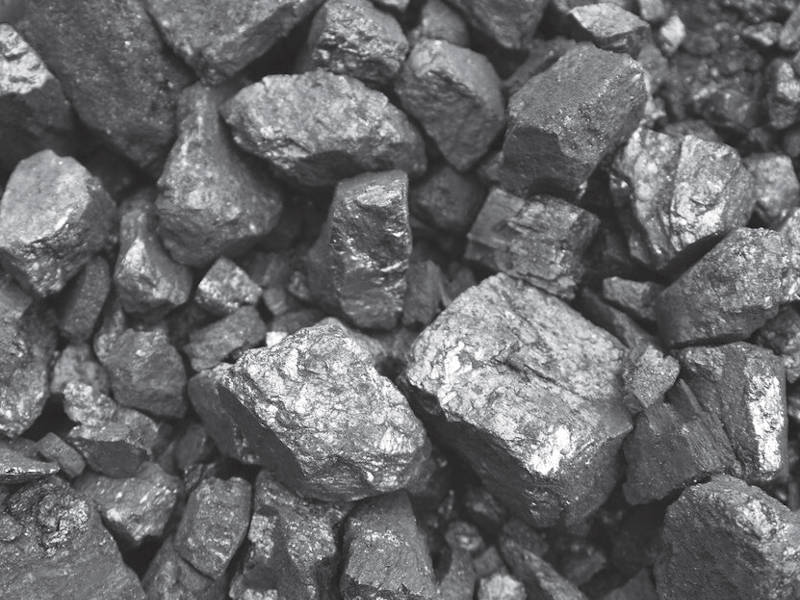Gold ore is a naturally occurring mineral from which gold can be economically extracted. Valued for its rarity, beauty, and unique properties, gold has been treasured by civilizations for thousands of years. This article explores the characteristics of gold ore, its extraction methods, applications, and the environmental considerations associated with its mining.
What is Gold Ore?
Gold ore consists of gold-bearing minerals that can be mined and processed to obtain gold. Gold occurs in several forms within ores, including:
- Native Gold: This is gold in its pure, metallic form and can be found as small nuggets or flakes in rock or alluvial deposits.
- Gold-Containing Sulfides: Gold often occurs in association with other metals and sulfide minerals, such as pyrite (iron sulfide) and chalcopyrite (copper iron sulfide).
- Alluvial Gold: This type of gold is found in riverbeds and streams, where it has been eroded from rock formations and deposited by water.
Extraction of Gold Ore
The extraction of gold from ore typically involves several key steps:
- Mining: Gold ore can be extracted using various mining methods, including:
- Open-Pit Mining: This method involves removing large quantities of overburden to access gold deposits near the surface. Open-pit mining is commonly used for larger, lower-grade deposits.
- Underground Mining: For deeper deposits, underground mining techniques are employed. This method is generally more expensive but allows for the extraction of higher-grade ores.
- Crushing and Grinding: Once mined, the gold ore is crushed and ground to liberate the gold particles from the surrounding rock.
- Concentration: Various methods can be used to concentrate the gold content, including:
- Gravity Separation: This technique relies on the difference in density to separate gold from other materials. It is particularly effective for alluvial gold.
- Flotation: In this process, chemicals are added to create bubbles that attach to gold particles, allowing them to float and be collected.
- Leaching: The concentrated ore is treated with a solvent to dissolve the gold. The two most common leaching methods are:
- Cyanidation: Involves using a cyanide solution to extract gold from the ore. While effective, this method raises environmental concerns due to the toxicity of cyanide.
- Thiosulfate Leaching: This is a less toxic alternative to cyanidation, using thiosulfate as a leaching agent.
- Refining: After leaching, the gold is recovered from the solution through processes such as precipitation, electrowinning, or carbon adsorption. The final product is typically refined to achieve a purity of 99.5% or higher.
Applications of Gold
Gold has a wide range of applications, including:
- Jewelry: A significant portion of mined gold is used in jewelry, prized for its aesthetic qualities and durability.
- Electronics: Gold’s excellent conductivity and resistance to corrosion make it essential in the electronics industry for connectors, switches, and circuit boards.
- Finance: Gold is often seen as a safe-haven investment and is used in financial markets for trading and hedging against inflation.
- Medicine: Gold nanoparticles are used in various medical applications, including diagnostics and targeted drug delivery.
- Aerospace: Gold is used in aerospace components for its ability to withstand extreme conditions and its reflective properties.
Economic Significance
Gold mining is a major industry worldwide, with significant contributions to national economies, particularly in countries such as:
- China: The largest producer of gold globally, with numerous mining operations.
- Australia: Known for its rich gold deposits, particularly in Western Australia.
- Russia: A major player in the global gold market, with vast reserves.
The economic impact of gold mining includes job creation, investment in infrastructure, and the generation of export revenue.
Environmental Considerations
Despite its economic benefits, gold mining poses several environmental challenges:
- Habitat Destruction: Mining activities can lead to habitat loss and disruption of local ecosystems.
- Water Pollution: The use of toxic chemicals, particularly in cyanidation, raises concerns about water contamination and its impact on aquatic life.
- Land Degradation: Mining can lead to soil erosion and degradation of the landscape, making land reclamation difficult.
- Waste Management: The disposal of tailings and waste rock presents challenges for environmental protection and land use.
Innovations in Sustainable Mining
In response to environmental concerns, the gold mining industry is increasingly adopting sustainable practices:
- Responsible Mining Practices: Companies are implementing strategies to minimize environmental impact and enhance community engagement.
- Technological Advancements: Innovations in extraction and processing, such as bioleaching and improved waste management systems, are being explored to reduce environmental footprints.
- Reclamation and Restoration: Many mining operations are focusing on restoring mined areas to their natural state and rehabilitating ecosystems post-mining.
Conclusion
Gold ore is a vital resource with significant economic, cultural, and technological importance. While its extraction and processing provide numerous benefits, they also come with environmental challenges that require careful management. As the industry evolves, a focus on sustainable mining practices and technological innovations will be essential in balancing economic growth with environmental stewardship. By prioritizing responsible resource management, the gold mining sector can continue to thrive while minimizing its impact on the planet.



